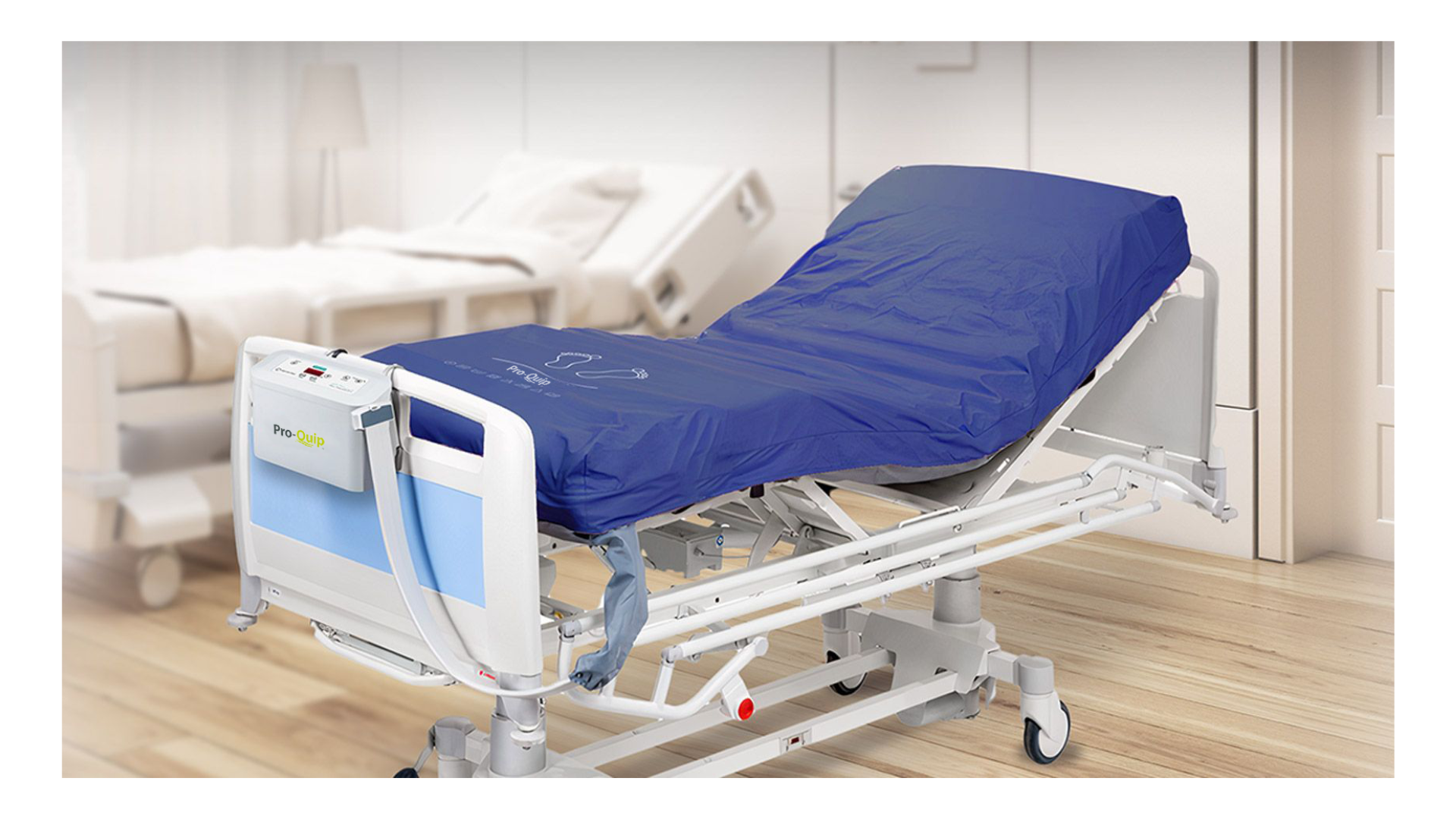When it comes to running a care home, ensuring that every aspect of the facility is in top shape is crucial for the safety and comfort of your residents. One area that often gets overlooked is the bathroom, specifically the accessible bath. Baths in care homes endure heavy usage and over time, they can show signs of wear and tear that not only affect their functionality but also pose serious safety risks. So, how do you know when it's time to replace your care home bath?
Key takeaways
-
The different types of accessible baths in care homes
-
Identify the major safety issues related to bath wear and tear
-
Understand how outdated fixtures on residential care home baths can impact resident care
-
Recognise cracks and leaks and stains as indicators of structural issues with your care home bath
-
Learn how high water bills can signal inefficiencies in residential care homes
-
Realise how peeling and deterioration affect both safety and aesthetics
-
Tackle bathroom design concerns to create a better environment
The different types of baths in care homes
There are several types of baths commonly used in care homes, including walk-in baths, assisted baths, and hydrotherapy baths. Walk-in baths are designed for residents with mobility issues, making it easier for them to enter and exit the bath safely. Assisted baths are equipped with features like hoists and rails to help caregivers assist residents during bathing. Hydrotherapy baths use jets, bubbles, and warm water to provide therapeutic benefits for residents with mobility or pain issues. Choosing the right type of bath depends on the needs and preferences of the residents in the care home.
%20(1).png?width=573&height=358&name=Charlestown%20Assisted%20Bath%20(1)%20(1).png)
Bath safety issues
Safety is paramount in residential and nursing care homes. A bathroom that's not up to standard can create a multitude of risks for elderly residents who are more susceptible to falls and injuries.
Slippery surfaces
Slippery surfaces are a common safety concern in any bathroom, particularly in care homes where residents may have mobility issues. When the bath surface becomes worn and smooth, it increases the likelihood of dangerous falls, leading to potential injuries. Implementing non-slip mats or resurfacing might offer temporary solutions, but replacing the entire bath is a more permanent and safer option.
Broken handrails
Handrails provide critical support for residents as they move in and out of the bath. If these handrails are broken or loose, they can fail at a critical moment, causing falls and injuries. Even a minor handrail defect can escalate into a significant safety concern, prompting the need for immediate replacement to maintain a safe bathing environment.
Non-compliant emergency features
Emergency features like grab bars and emergency call buttons are essential for resident safety. If these features become non-compliant with current regulations or are just plain worn out, it's time to consider a bath replacement. Keeping your bathing area up to date with the latest safety standards is not just responsible; it’s life-saving.
Outdated fixtures
Outdated fixtures don’t just make your bathroom look dated; they can also hinder the quality of care you provide.
Non-adjustable shower heads
Non-adjustable shower heads limit flexibility and customization. Residents have diverse needs, and adjusting the shower head height and spray pattern can significantly enhance their bathing experience. Upgrading to an adjustable shower head can make a world of difference, but if your bath fixtures are outdated across the board, it might be easier to start anew.
Inefficient faucets
Inefficient faucets waste water and fail to provide the precise control necessary for comfortable use. Older faucets often lack modern water-saving features, leading to higher utility bills and less effective water use. By replacing your bath and installing more efficient faucets, you not only save water but also improve the bathing experience for your residents.
Obsolete temperature controls
Obsolete temperature controls pose risks of scalding or discomfort due to inconsistent water temperatures. Modern temperature controls offer better precision and safety features. If your current bath fixtures can’t accommodate these upgrades, it might be time for a complete remodel to ensure safety and comfort.

Cracks and leaks
Cracks and leaks are obvious signs of wear and tear that should not be ignored.
Visible cracks
Visible cracks in the bath surface indicate structural weaknesses. These cracks can harbour bacteria and mold, leading to hygiene issues. Over time, small cracks can develop into significant splits, compromising the bath's integrity. Immediate replacement is the best course of action to prevent more severe problems.
Persistent leaking
Persistent leaking from the tub or plumbing fixtures is a red flag. Leaks not only waste water but also cause floor damage and mold growth, increasing maintenance costs and health risks. Between the water wastage and potential structural damage, replacing a leaking bath is more cost-effective in the long run.
Water pooling
Water pooling around the bath area usually signifies poor drainage or leaks. This can lead to slippery conditions and major water damage to bathroom floors and substructures. Addressing the root cause often necessitates replacing the bath and potentially updating the plumbing to ensure proper drainage.
High water bills
A sudden spike in water bills can often be traced back to issues within the bathroom.
Unexplained increase
An unexplained increase in your water bill might indicate leaking baths or inefficient fixtures. These small, unnoticed issues can result in major utility expenses over time. Investigate these unexpected costs and consider that replacing the bath could resolve hidden inefficiencies.
Constant dripping
Constant dripping from taps not only creates a monotonous sound but also wastes significant amounts of water. This seemingly minor issue can add up quickly in costs and indicate worn-out fixtures. Replacing the bath ensures that upgraded, efficient taps replace the old, compromised ones.
Stains and mildew
Stains and mildew are not just unsightly; they can also pose health risks.
Persistent stains
Persistent stains on the bath surface can affect the bathroom’s aesthetic and perceived hygiene, making it look less inviting. These stains often result from years of wear and chemical build-up that standard cleaning cannot remove. A new bath can instantly elevate the look and feel of your bathroom, enhancing resident satisfaction.
Mildew spots
Mildew spots around the bath area indicate consistent moisture issues and inadequate ventilation. Mildew not only smells musty but also poses risks to respiratory health, especially in elderly residents. Replacing the bath and improving ventilation can eradicate this problem and enhance the bathroom’s overall air quality.
Discoloured grout
Discoloured grout is a visual sign that mold and mildew have found a home. This can be particularly problematic in seams around the bath. A thorough clean can only go so far before it becomes necessary to replace the affected areas entirely, thus restoring a clean and healthy bath environment.
Peeling and deterioration
Peeling and deterioration are clear signs that the bath has reached the end of its lifespan.
Peeling paint
Peeling paint not only diminishes the bathroom's appearance but also suggests underlying moisture issues. Moisture trapped under the paint can lead to more significant problems like mould and structural damage. A fresh start with a new bath ensures that these issues are addressed from the ground up.
Surface deterioration
Surface deterioration such as scratches and chips negatively impacts both the look and safety of the bath. These surface defects can harbour bacteria, making thorough cleaning challenging and less effective. By replacing the bath, you remove these safety concerns and improve the overall hygiene of the bathroom.
Chipping enamel
Chipping enamel is more than an aesthetic issue; it can lead to rust and further degradation of the bath material. This poses a danger to residents, who may be cut on sharp edges. Once the enamel starts to chip away, the best course of action is to replace the bath to avoid further
Outdated design
An outdated bathroom design can make everyday tasks cumbersome and less efficient. Modern bathrooms are designed with user-friendly features that cater to the varying needs of residents. Updating the bath as part of a larger bathroom remodel can provide a safer, more functional space customised to your care home’s needs.
Replacing your care home bath at the right time can significantly improve safety, hygiene, and resident satisfaction. From safety issues like slippery surfaces and broken handrails to functional concerns like outdated fixtures and high water bills, recognising the signs and acting promptly ensures a comfortable and safe environment for everyone. Here at Fairfield Care we not only offer a range of industry-leading accessible baths and bath accessories, but our servicing department can install, maintain and fix baths to prolong their usability and ensure your care home bathroom continues to run smoothly. Contact us today to find out more.


